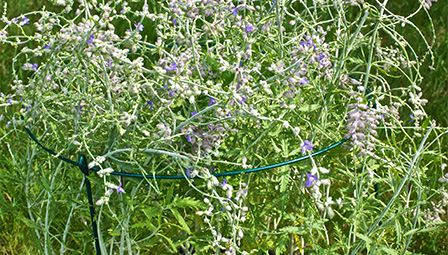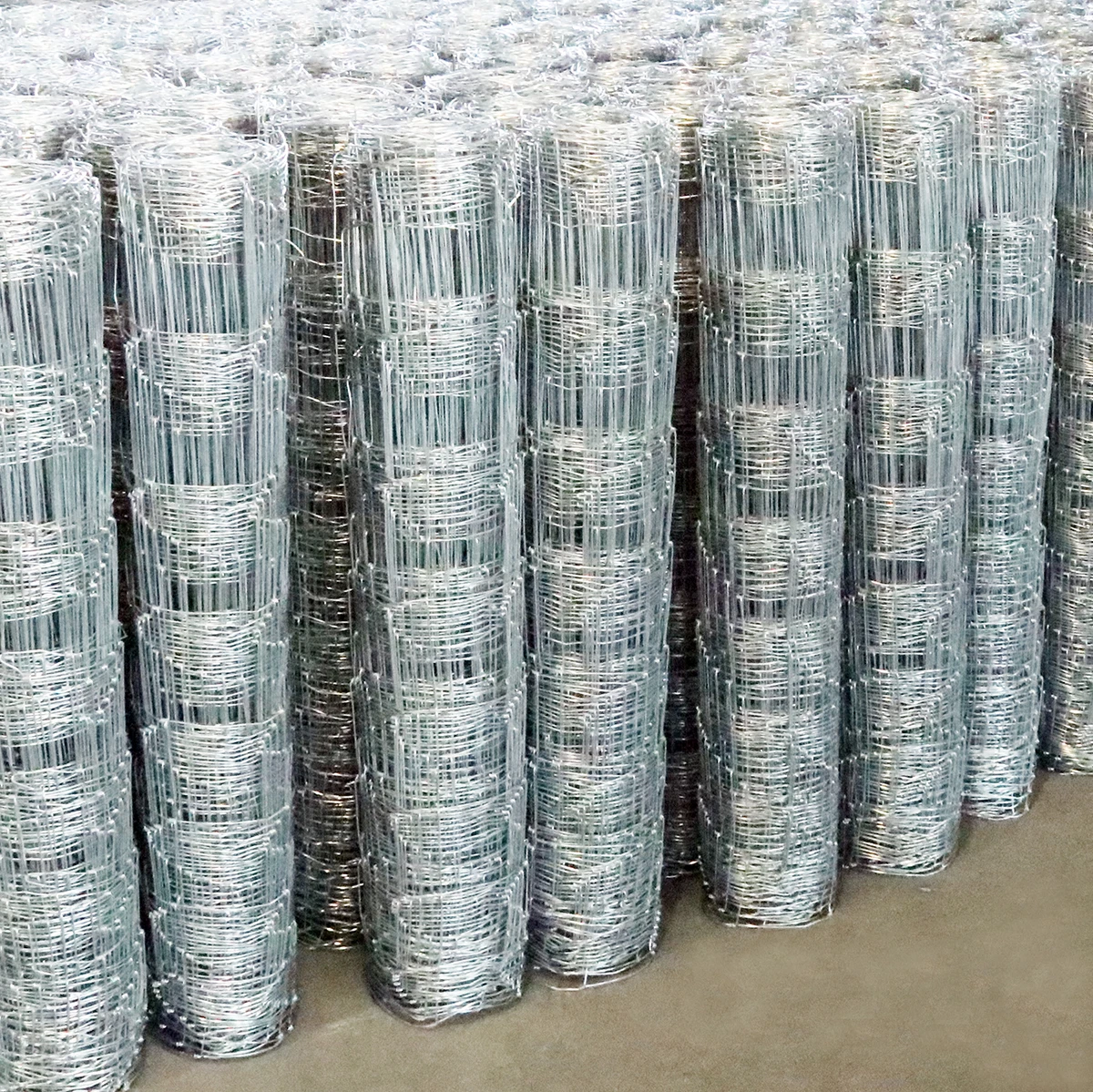hex wire netting
Déc . 12, 2024 03:07
The Versatility of Hex Wire Netting A Comprehensive Overview
Hex wire netting, often referred to as hexagonal wire mesh or chicken wire, is a captivating and functional material that has found its way into numerous applications across various industries. Characterized by its unique hexagonal pattern, hex wire netting is crafted from thin, flexible wire that is twisted into this distinctive shape, resulting in a lightweight yet robust structure. The versatility and practicality of hex wire netting have made it an essential tool for farmers, builders, gardeners, and a host of other professionals.
One of the most common uses of hex wire netting is in agricultural settings. Farmers widely use it for fencing to protect poultry, such as chickens and ducks, from predators. The hexagonal openings are designed to keep small animals in, while also preventing larger threats—like foxes and raccoons—from getting through. Additionally, its lightweight nature allows for easy installation, making it a favorite among those who maintain livestock. Moreover, hex wire netting can serve as a sturdy support system for climbing plants in gardening, enabling hobbyists to create trellises and vertical gardens that maximize space and access sunlight.
In construction, hex wire netting is utilized for various purposes, including reinforcement in building materials. When combined with concrete, it enhances the structural integrity of walls and ceilings, especially in areas subject to corrosion or cracking. This application is particularly relevant in regions prone to seismic activity, where additional support can be crucial. Hex wire netting serves as an effective barrier against soil erosion, especially along embankments and hillsides. Its ability to hold soil in place while allowing water to flow through makes it an essential component in landscaping and civil engineering projects.
hex wire netting

Hex wire netting also plays a pivotal role in wildlife conservation efforts. It is often used in the creation of animal enclosures in zoos, wildlife sanctuaries, and rehabilitation centers. The mesh provides a secure environment for animals while allowing for visibility, ensuring that both the animals and the visitors can enjoy a safe experience. Furthermore, hex wire netting can be employed in environmental projects, such as constructing small animal crossings or creating habitats in urban areas. This aids in preserving local wildlife and promoting biodiversity.
Another intriguing use for hex wire netting is in artistic applications. Some artists utilize this versatile material to create sculptures and installations that both captivate and provoke thought. Its malleability allows for elaborate designs while maintaining a lightweight and airy aesthetic. The combination of industrial materials and artistic expression often results in striking contrasts that challenge conventional perceptions of art and design.
While hex wire netting is appreciated for its practical applications, it is important to consider maintenance and durability. The longevity of hex wire netting can be affected by environmental factors such as moisture, sunlight, and temperature variations. Thus, choosing a galvanized or PVC-coated option can enhance its resistance to rust and corrosion, extending its lifespan and ensuring it remains effective for years to come.
In conclusion, hex wire netting is a multifaceted material that serves various purposes spanning agriculture, construction, wildlife conservation, and art. Its distinctive hexagonal pattern, combined with its lightweight and durable nature, makes it an invaluable resource for both practical and creative applications. As industries continue to evolve and environmental considerations rise to the forefront, the importance of hex wire netting as an adaptable solution will likely remain essential. Whether shielding livestock, reinforcing structures, or inspiring creativity, hex wire netting proves that simplicity can indeed be incredibly effective.









 Unity
Unity Creation
Creation Challenge
Challenge Contribution
Contribution










